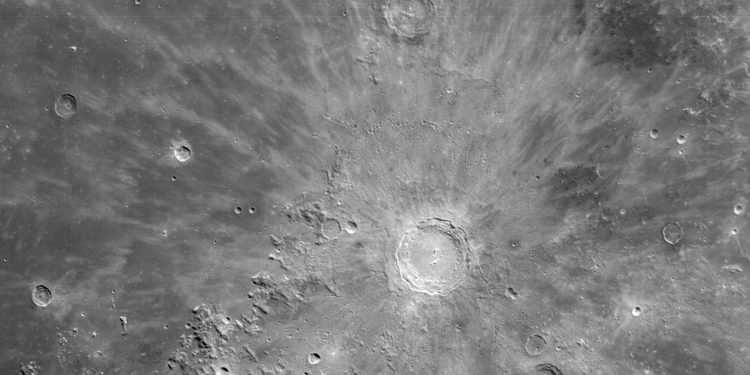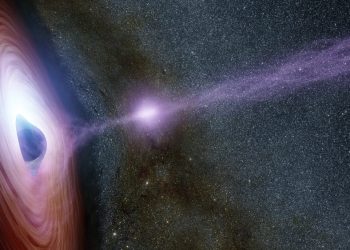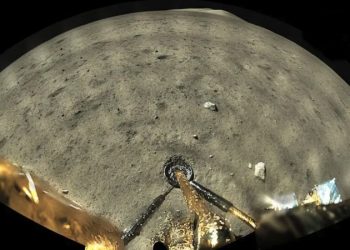The Moon, Earth’s closest celestial companion, continues to surprise us with its secrets. Recent findings from China’s Chang’e-6 mission have shed new light on the volcanic history of the Moon’s far side, revealing that this enigmatic hemisphere was volcanically active billions of years ago.
A Glimpse Into the Moon’s Past
Researchers analyzing samples from the Chang’e-6 mission discovered that the Moon’s oldest and deepest crater on its far side experienced volcanic activity around 2.8 billion years ago. Even more remarkable, they identified a fragment dating back 4.2 billion years, making it the oldest lunar basalt sample ever precisely dated.
These findings, led by Prof. LI Qiuli’s lab at the Institute of Geology and Geophysics of the Chinese Academy of Sciences, are crucial to understanding the Moon’s hemispheric dichotomy—an enduring mystery involving stark differences between the near and far sides of the lunar surface.
The Role of Chang’e-6 Lunar Soils
The Chang’e-6 mission marked a milestone as the first to return samples from the Moon’s far side, retrieving 1,935.3 grams of lunar soil. Analysis revealed two types of mare basalts: low-Ti (low titanium) and very low-Ti (VLT) basalts.
- Low-Ti basalt: Represents the local basalt unit near the landing site.
- VLT basalt: Likely originated from a region to the east of the landing site.
These basalts form through volcanic activity, which flooded parts of the surface with lava billions of years ago. While the near side of the Moon boasts mare basalts across approximately 30% of its surface, the far side has only about 2%, highlighting the stark asymmetry between the two hemispheres.
The Mystery of Lunar Dichotomy
Scientists have long debated the cause of the Moon’s hemispheric differences, which extend beyond basalt coverage to variations in crustal thickness, topography, and thorium concentration. A key hypothesis suggested that thinner crust on the far side should facilitate more volcanic activity. However, the South Pole-Aitken (SPA) basin, a massive crater with a thin crust, remains puzzlingly underfilled by volcanic material.
Investigating Volcanism and Mantle Composition
The Chang’e-6 findings suggest that the composition of the mantle source plays a significant role in volcanic activity. According to XU’s team, the SPA basin’s mantle is depleted and refractory, limiting partial melting and suppressing volcanic eruptions despite the thin crust.
To better understand these processes, postdoctoral researcher ZHANG Qian conducted systematic radioisotope dating on 108 basalt fragments. The results showed that 107 fragments share a consistent formation age of 2.8 billion years, confirming this as the eruption age of local basalts at the Chang’e-6 landing site. The remaining fragment, a high-aluminum basalt dating to 4.2 billion years, likely originated from a hidden volcanic region south of the landing site.
New Clues About Lunar Evolution
These findings reveal that volcanic activity on the Moon’s far side persisted for at least 1.4 billion years, from 4.2 billion to 2.8 billion years ago. Lead isotope analysis indicates that these basalts came from distinct mantle sources:
- The 4.2 billion-year-old basalt originated from a KREEP-rich source, abundant in potassium (K), rare Earth elements (REE), and phosphorus (P).
- The 2.8 billion-year-old basalt derived from a KREEP-poor source.
This diversity in mantle composition offers vital clues about the Moon’s geologic evolution and its hemispheric dichotomy.
The Chang’e-6 mission underscores the importance of studying both the near and far sides of the Moon to gain a holistic understanding of its volcanic history. By analyzing these ancient basalts, researchers have unraveled new aspects of the Moon’s dynamic past, paving the way for future exploration and discoveries.











